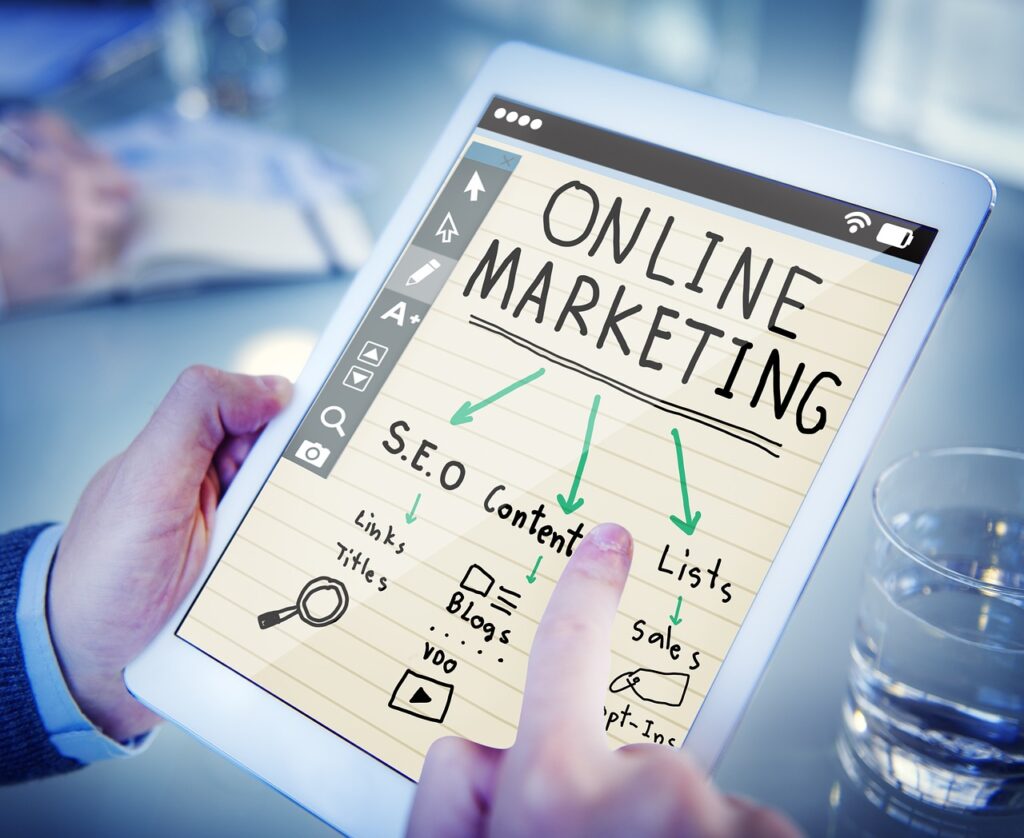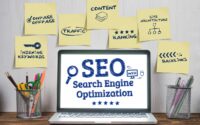On-Page SEO Guide: Everything You Need For Guaranteed Ranking
On-page SEO (aka on-site SEO) is the process of optimizing web pages to rank higher in search engines against the specific keywords to increase organic traffic. It involves optimizing page-level elements like meta tags, headings, and content as well as the search intent with a targeted set of keywords/key phrases.
Below, I’ll cover different techniques related to on-page SEO.
But first, let’s discuss why on-page SEO is so important.
Google page ranking algorithm is constantly evolving so that it can better understand a searcher’s intent and deliver search results that meet that end user’s needs. And since the Google’s algorithm develops, so should your website.
You might already know that it is essential that your website and its content are optimized to the latest practices used by the top search engines especially Google. This way search engines can understand your site better and will rank it higher. Some of the common reasons why on-page SEO is so crucial to your online success:
- It helps to increase search engine visibility.
- When properly executed, it enhances user experience on your website. By ensuring your pages are easy to navigate, load quickly, and provide valuable content, you create a positive user experience.
- It can improve your website’s rankings in search engine results pages (SERPs).
- On-page SEO allows you to optimize your web pages for specific keywords or key phrases that are relevant to your content and target audience.
- It brings in relevant traffic to your website and which ultimately improves the likelihood of conversions. And this is done by strategically placing keywords in meta tags, page titles, headings, content, and inside relevant image tags.
Essentially, this is why on-page SEO is so important. Regardless of how good and relevant your website is. Without proper on-site SEO, your website may not be able to to rank for search queries specific to your business.

Some of the best on-page SEO practices.
High-quality, Helpful Content
Content is King. Write unique good-quality content to engage your audience. Quality of your content let search engines know that your website is a credible and valuable source of information. While writing engaging content keep the following in sight:
- Research and Understand Your Audience
- Incorporate Keywords And Key Phrases Naturally
- Use A Variety Of Content Types (text, images, infographics, videos (wherever possible)
- Prime Focus On Quality And Value
- And Finally Optimize Them For User Experience
Write Keyword-rich Meta data
Your meta data will be in the HTML code of each page and specifically includes your page’s title-tag and meta description which are used in search engine results to list your pages. Having your meta data optimized with good keywords and detailed content will help users and search engines know what your page has to offer.
Place Targeted Keywords Strategically for On-Page SEO
Incorporate keywords naturally into your content (you must avoid keyword stuffing). Having said that, there are some key areas you should add your primary keywords, such as:
- First paragraph
- H1 tags
- Sub headings (H2s, H3s, etc.)
- Inside the image alt tag
Headings And Subheadings
Headings and subheadings organize content to guide readers. A heading (H1 tag) should appear at the beginning of a page to briefly describes the content that follows. H1 tag is the most significant header and should contain your primary keyword. Then we have H2, H3 etc. tags for section and subsection headings and should incorporate secondary keywords (as well as primary keyword at some places).
Optimize URLs
Google says “When possible, use readable words rather than long ID numbers in your URLs.” and recommends “Simple, descriptive words in the URL“. Clean URL helps search engines better understand what a page is about. And make it meaningful to novice users. Here are some strategies to optimize your web page URL:
- Include your primary keyword.
- Use real descriptive words to help convey the intent of a page.
- Keep your URL/link short and easy.
- Use hyphens between words (aka pretty permalink).
Internal links
Internal linking is the process of linking one page of your website to another page within your website. Internal links help your website users navigate your website with ease. As they land on relevant information, they spend more time exploring your content. This ultimately increases user engagement. To search engines this means that your site is valuable, which can boost your rankings.
Key Strategies For Effective Internal Linking:
- Identify genuine internal linking opportunities (Don’t Overdo It).
- Ensure anchor text is keyword-enriched.
- Use internal links to direct users to your most important pages.
- Regularly update internal links, add new and fix broken links.
External Links
An external link (aka outbound link) is a hyperlink that points at an external website. Place relevant external links to provide additional information to users and to support the content on your own site. This also helps in establishing credibility and authority on a particular topic.
By linking to websites that are relevant to your niche and have a strong reputation, you can show search engines that your website is a valuable resource for users. This can help to improve your ranking and increase the likelihood that your website will be found by users searching for relevant keywords.
Include and optimize images
Incorporate images on your page to engage and help users understand content better. This results in a better user experience which is a significant ranking factor for Google. To enhance this even further, consider implementing following best practices for image SEO:
- Images must serve the intent of the page and have purpose
- Try to add original images and photos
- Use a descriptive image file name
- The correct file format for your website
- Use responsive images
- Compress them in order to reduce page load times
- Make sure images are compliant with Title Tags, Alt Text, and ARIA Tags
- Add XML image sitemaps
- Serve images via an image CDN to optimize site speed
On-page SEO Recap
- High-quality purposeful content
- Include keywords in Title and Description tags
- Incorporate keywords naturally through the page content
- Add keywords to headings and subheadings tags
- Properly structure your page with sections and subsections
- Use descriptive web page URL
- Add Internal and External Links
- Use optimized images
Remember, things like page/site structure, intuitive navigation, site-speed, and links all act as signals for SEO. So it’s time to execute the techniques mentioned earlier for better rankings and targeted traffic.

